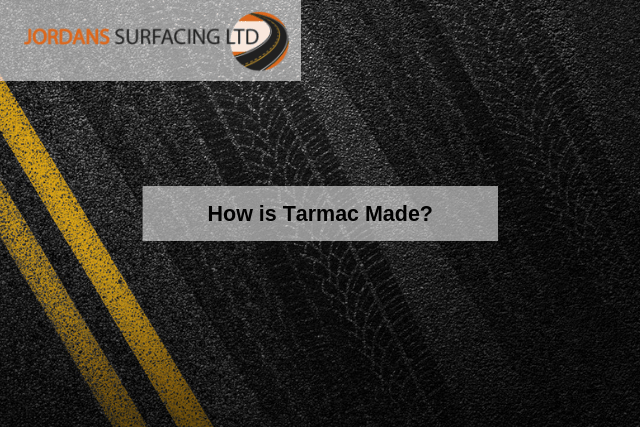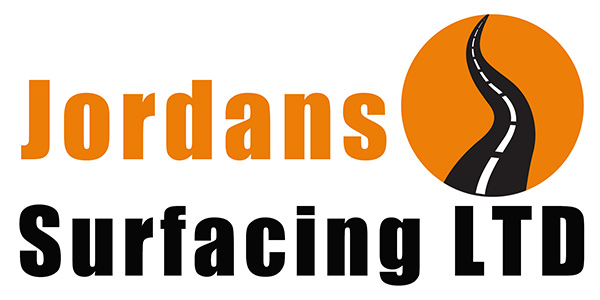
So how is this substance actually created? Without becoming overly technical, let us take a look at the basic process in order to understand why it is ideal for car park surfacing and countless other tasks.
Initial Stages
You might be surprised to learn that the origins of tarmac can be traced to coal. This organic material is first heated to over 1,000 degrees centigrade in order to drive out any impurities and to separate the tar from other elements such as carbon and sulphur.
Certain other substances known as “aromatics” are contained within the tar. These will be subsequently removed through a distillation process. Thus, we have the first main component of tarmac.
Combining Tarmac with Other Materials
The main benefit of tarmac is that it contains much more than tar alone. It will be combined with various other materials. These are commonly known as aggregates. Examples include gravel, concrete, sand, and even Portland cement. The exact formulation will be based upon the intended use of the coating.
Adjustments can be made in regards to viscosity, resistance to high temperatures and the intended use of the tarmac (for example, a major motorway as opposed to a domestic driveway).
The tarmac will be kept at a relatively high temperature so that it can be easily applied by technicians. Once it is allowed to cure, this material is one of the most hard-wearing and economical coatings in existence.
Whether you are looking to resurface your driveway or you have been curious to learn about coating options for a walkway, Jordan Surfacing is more than happy to answer any questions. Please take a few moments to contact us directly if you wish to learn more. You can also schedule an in-depth consultation at your convenience.
